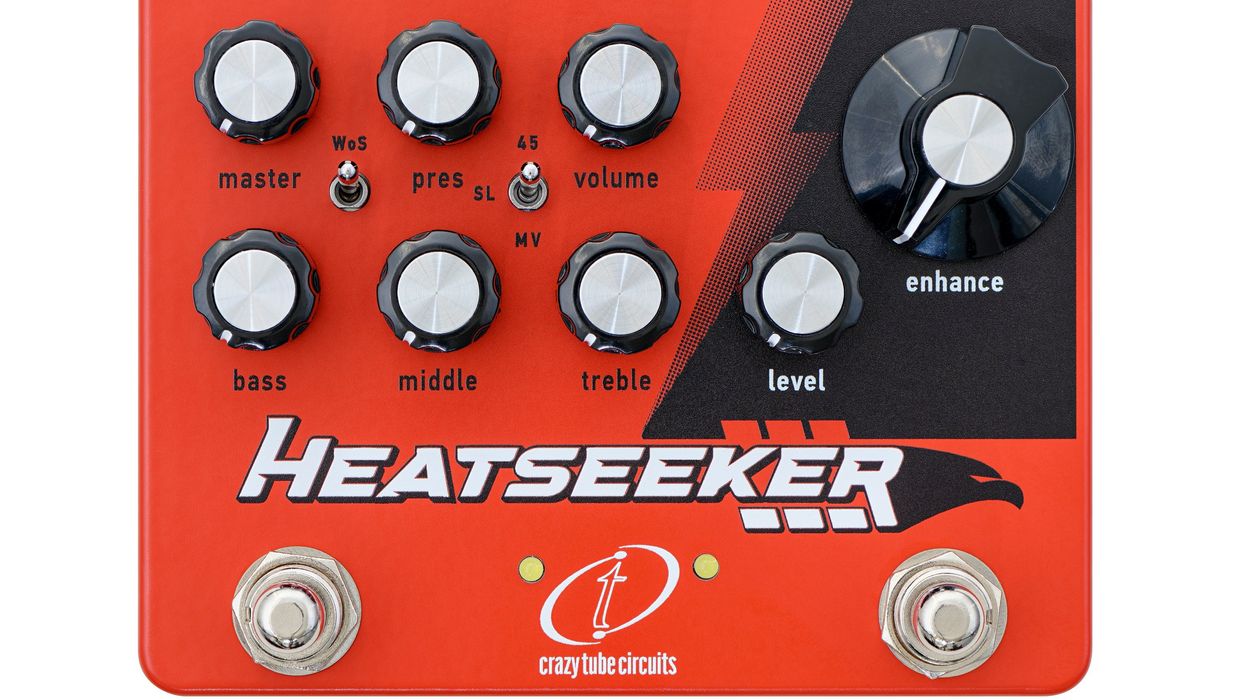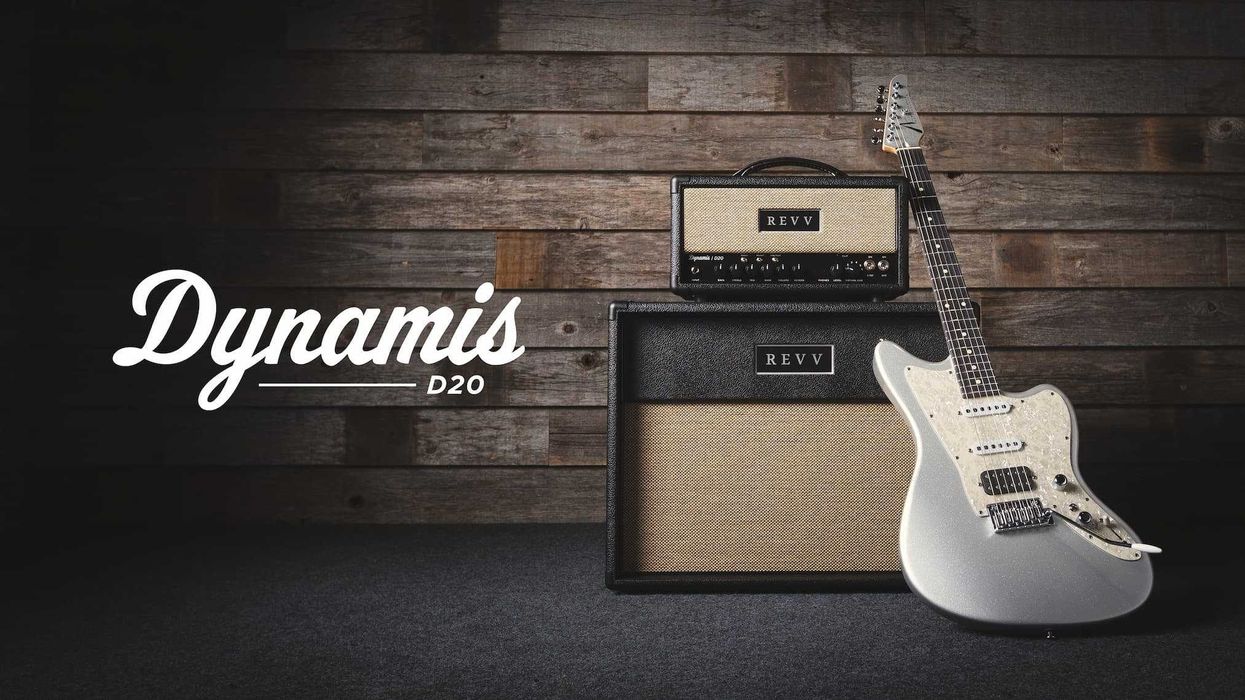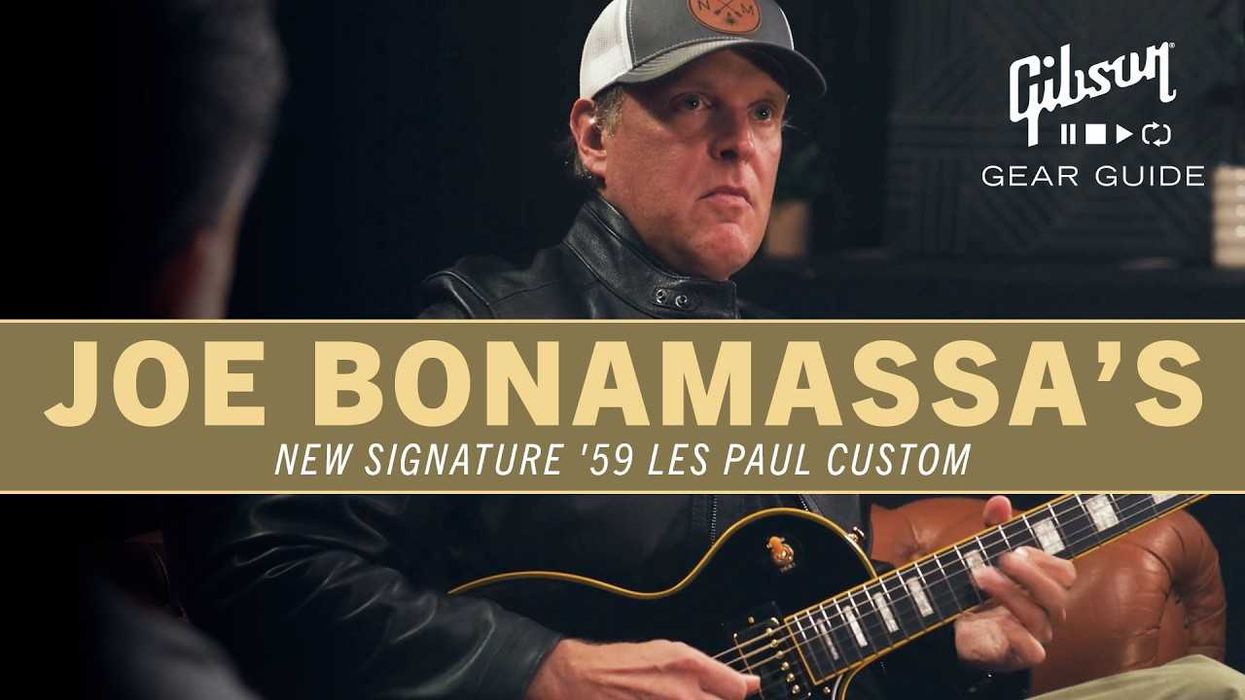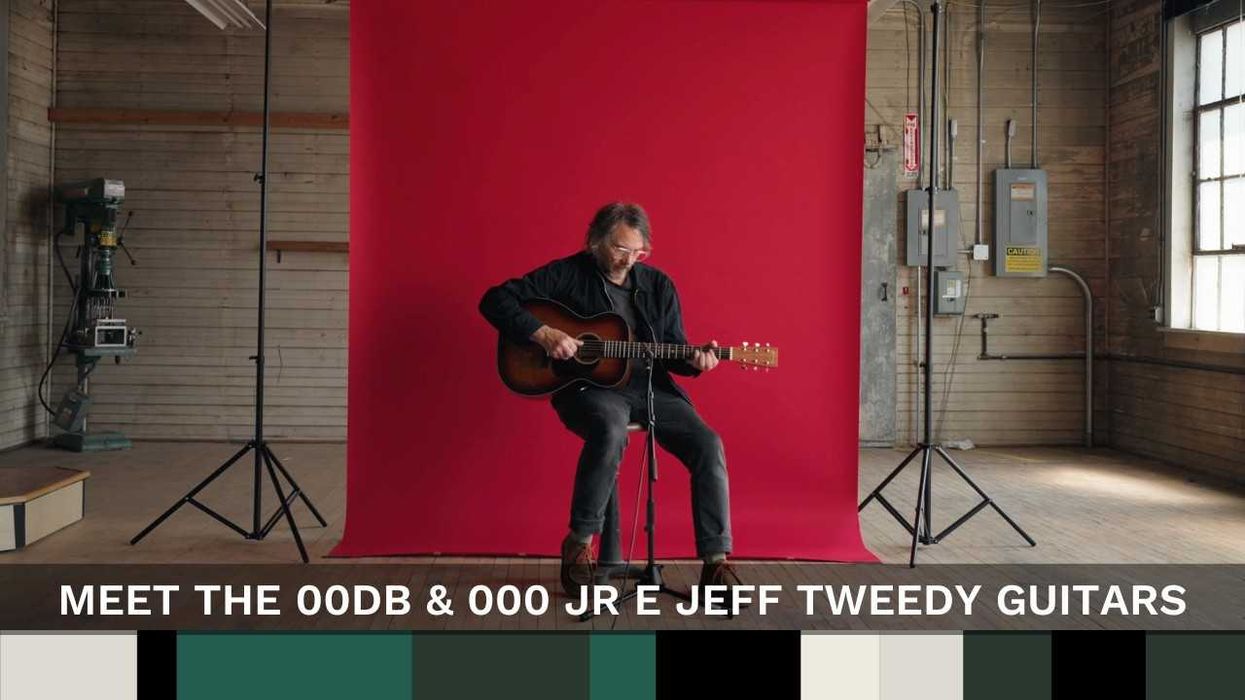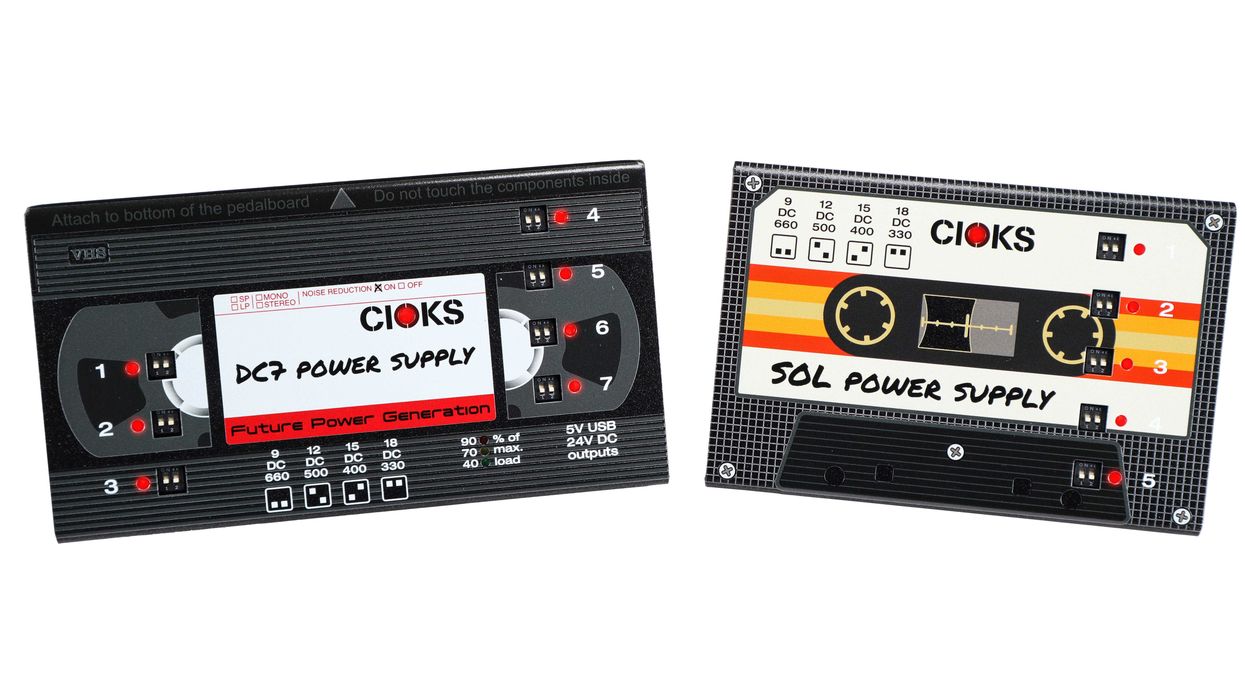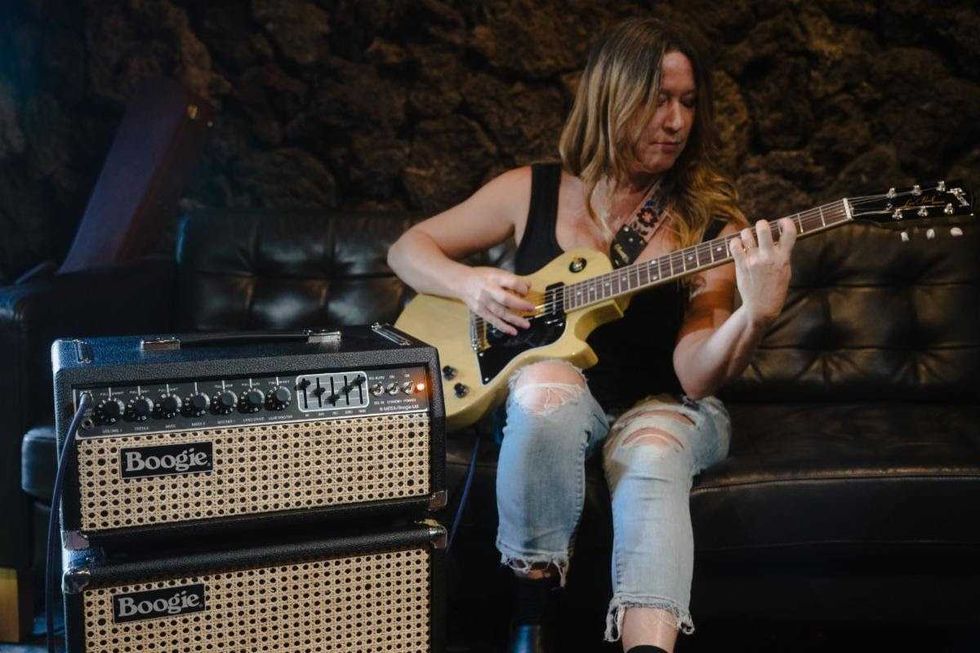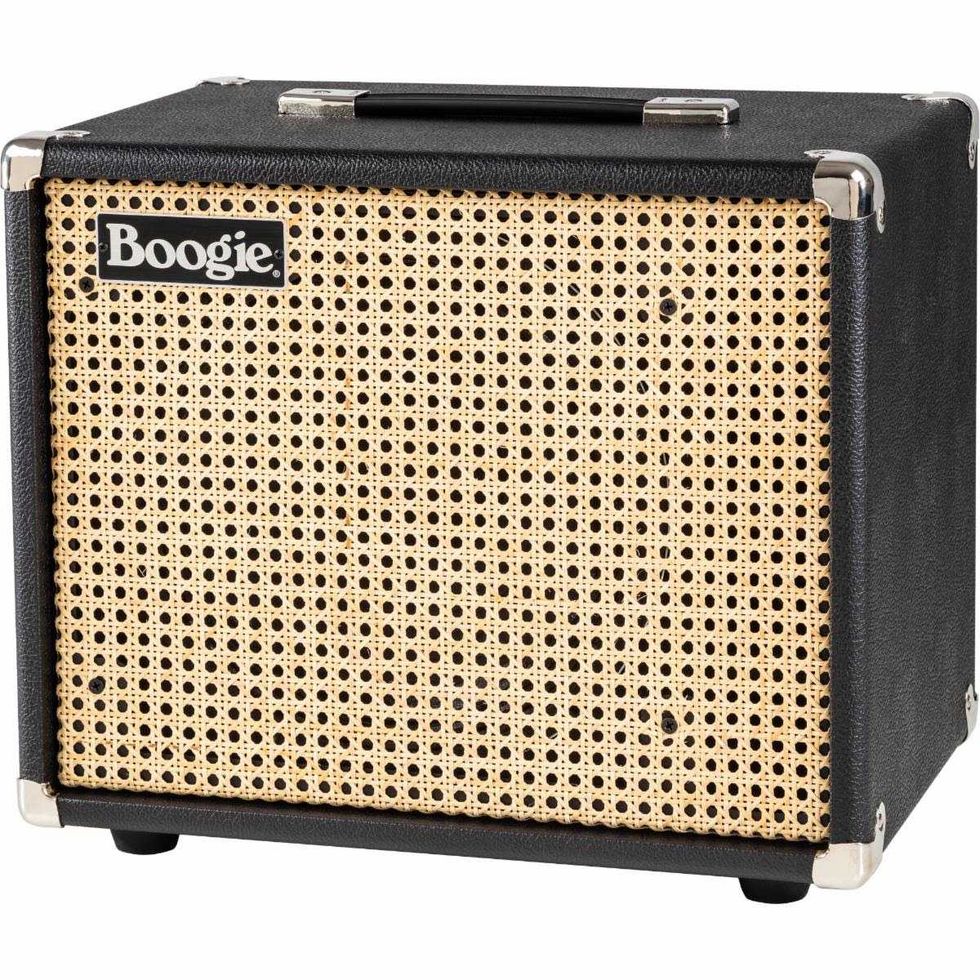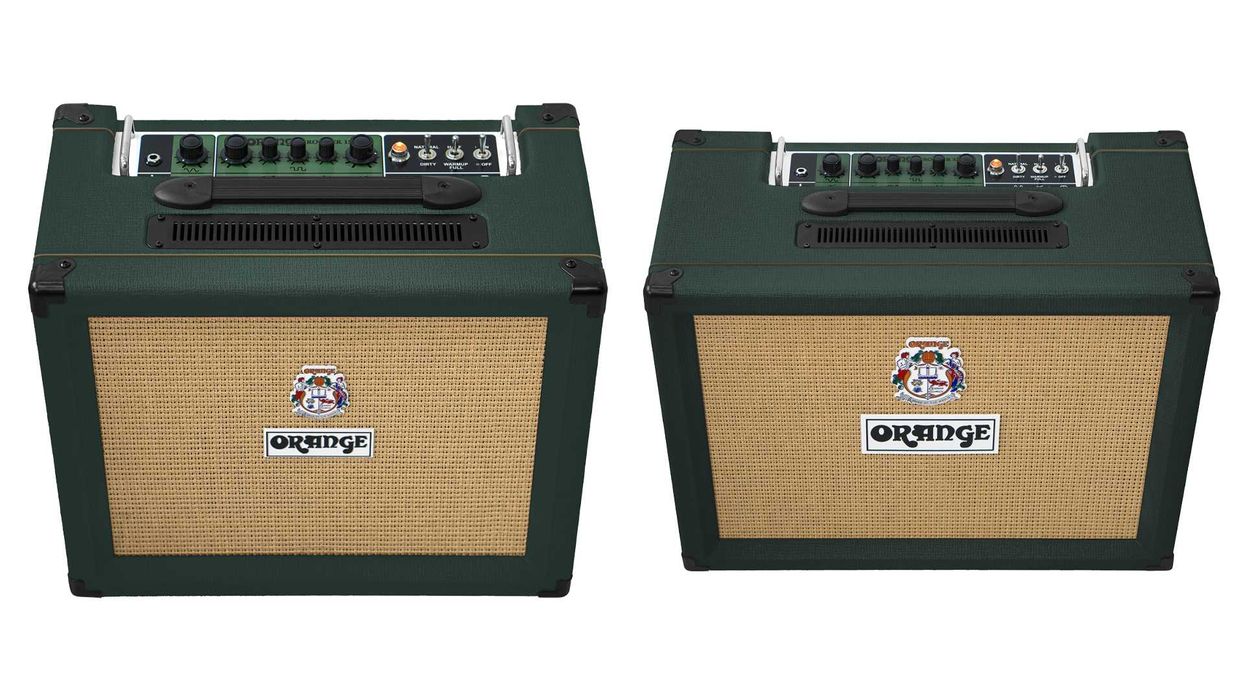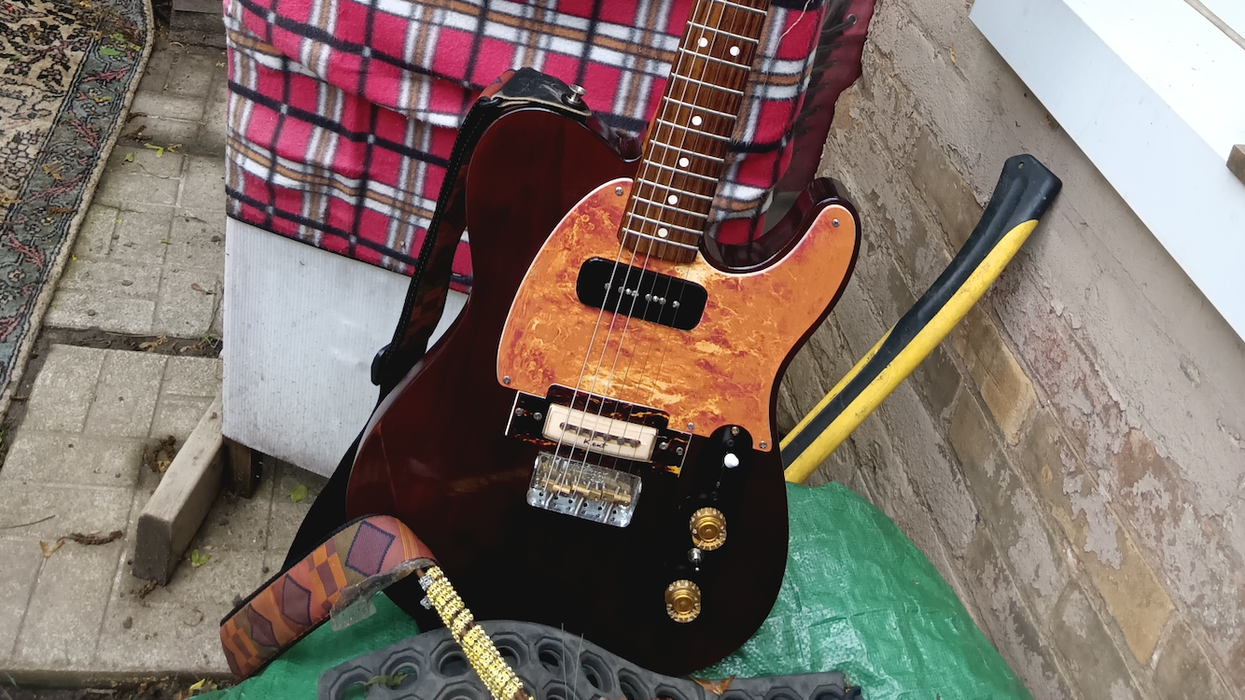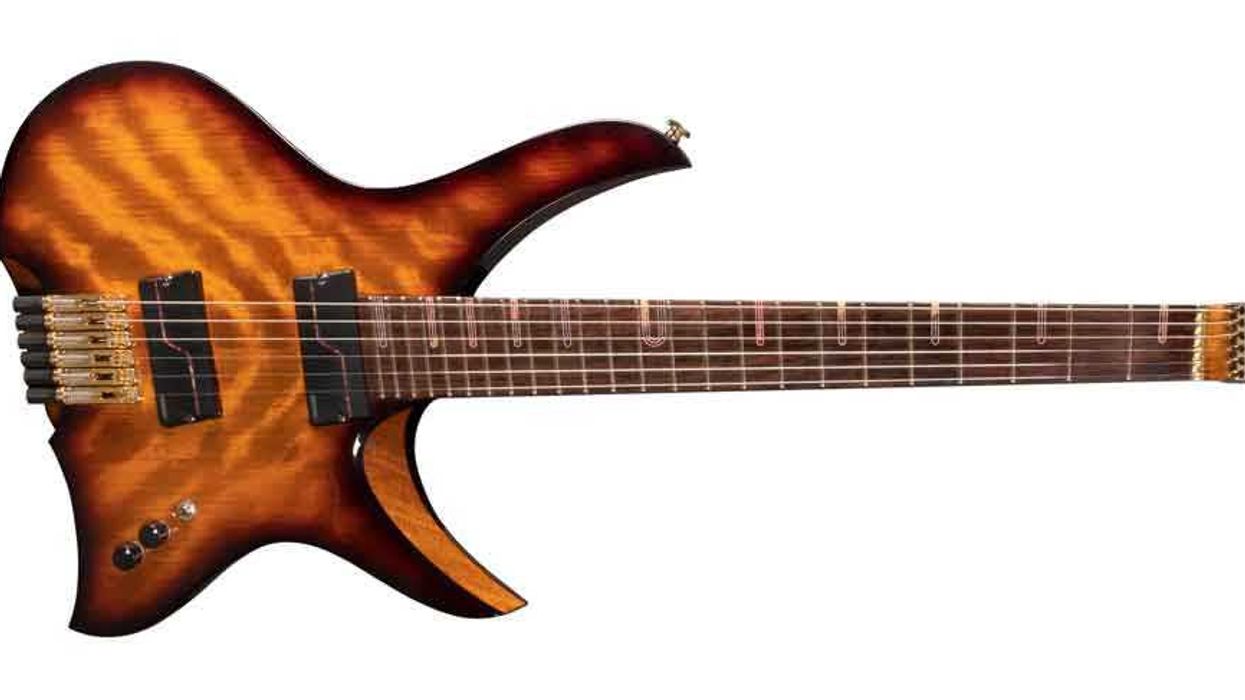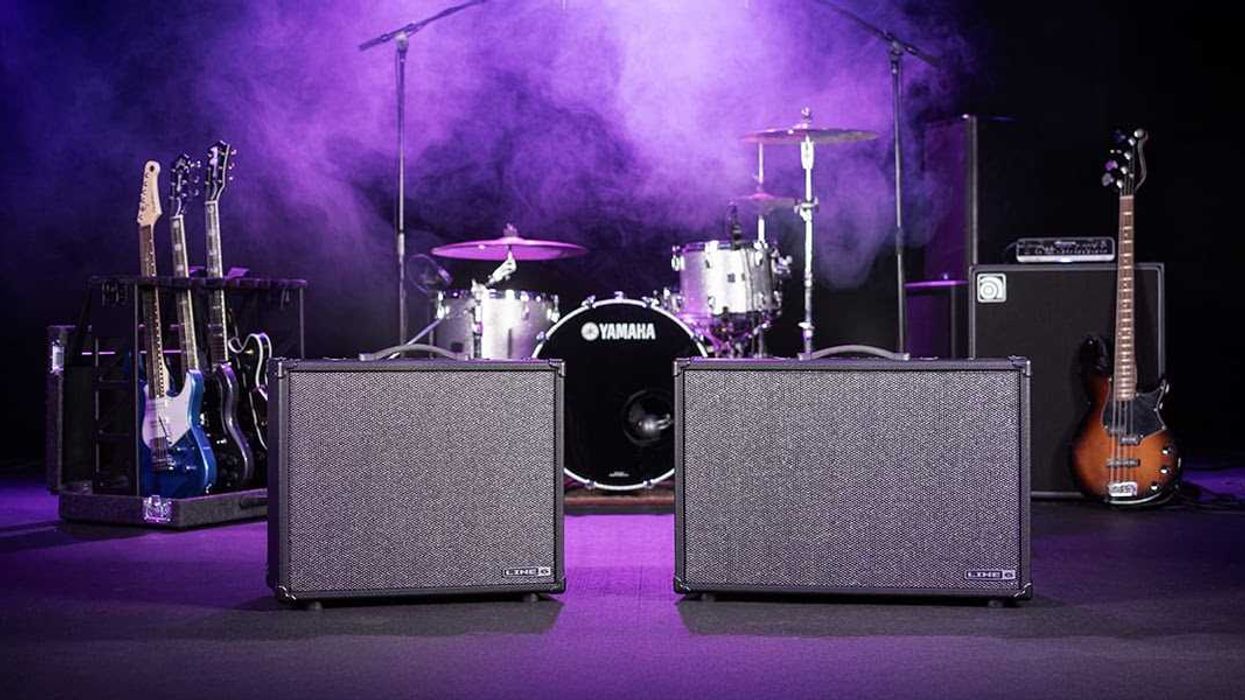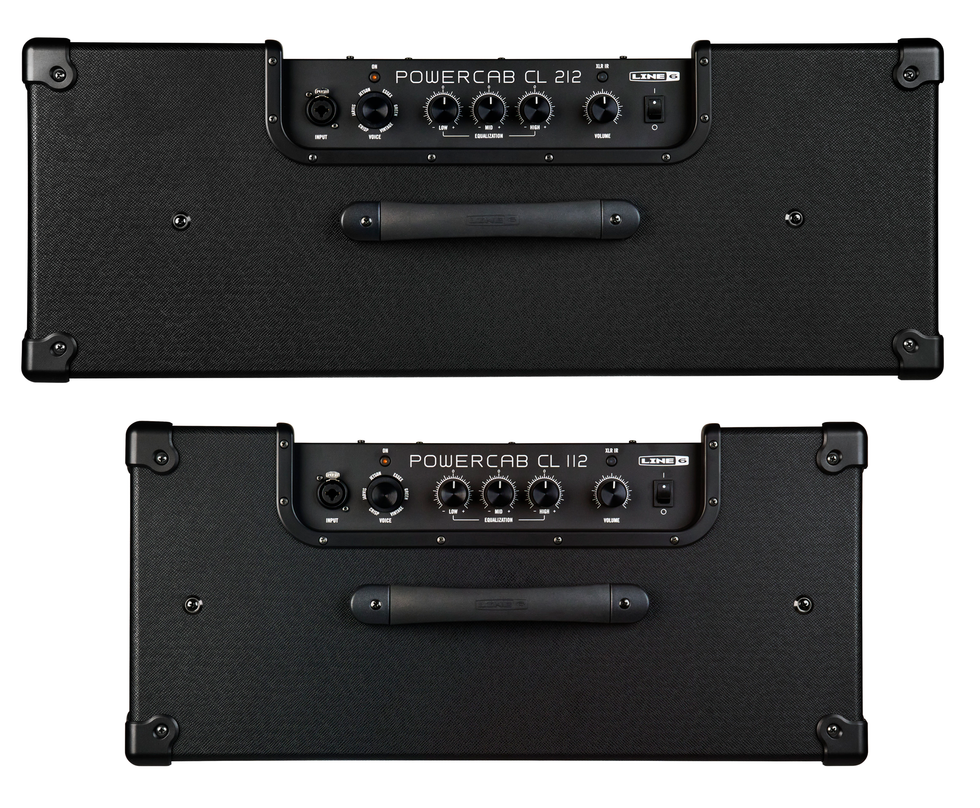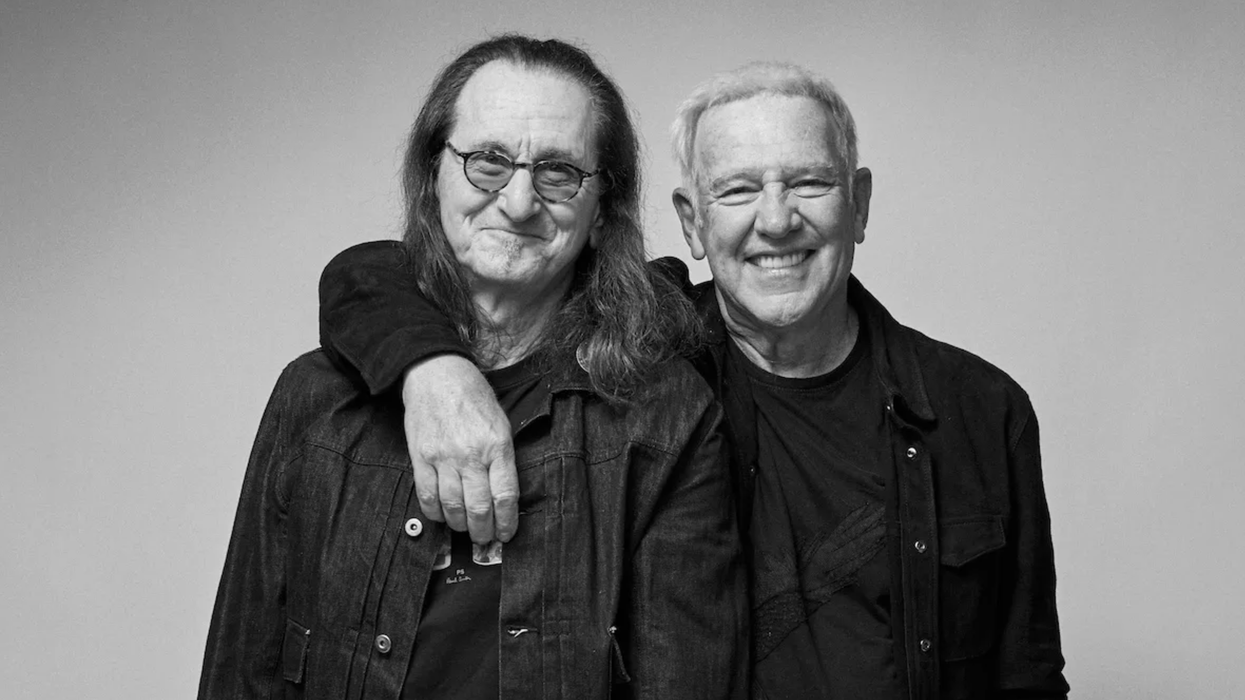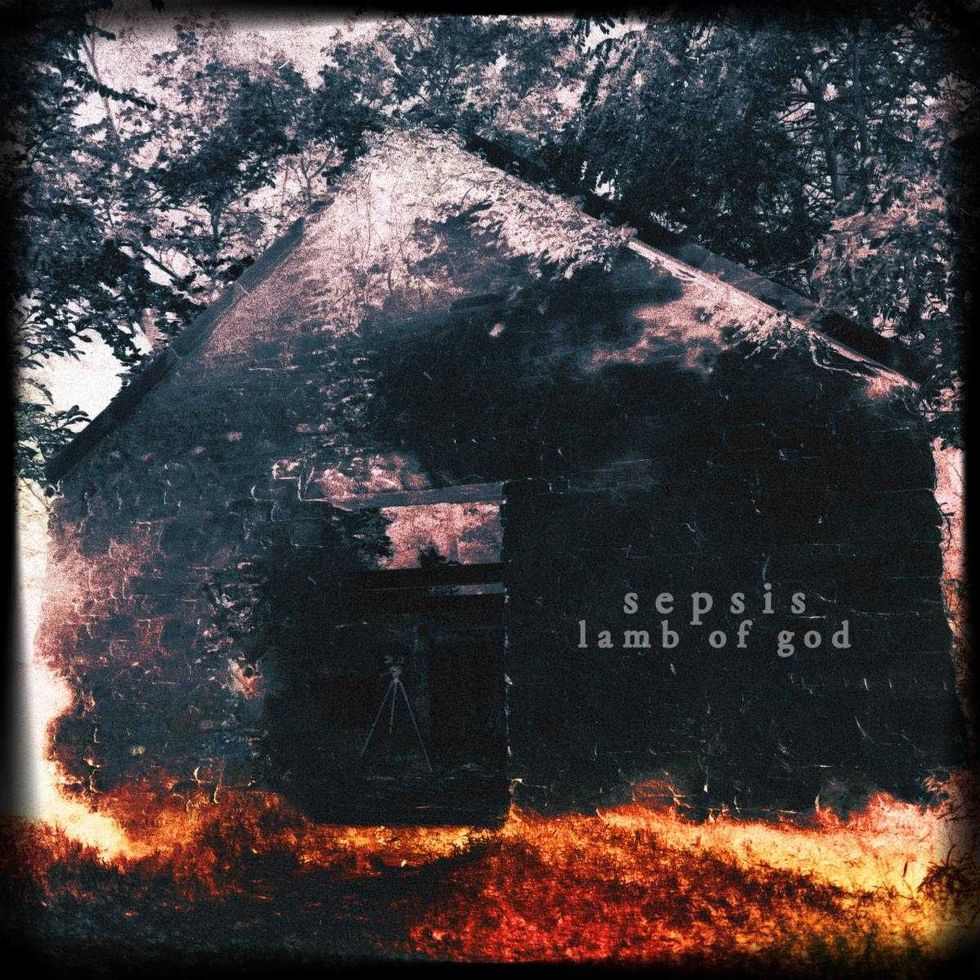Featuring a preamp and Dynamic Expansion circuit for punch and attack, plus switchable amp simulations.
"Like a missile seeking its target, Heatseeker will give you the explosive sound of rock! Inspired directly from the gear setup used by Angus Young,it features the most important sonic elements to match the tone of the short-pants-rock-God.
It’s no secret that a major role to his sound, along with the Marshall-brick walls, played one of the first wireless systems for guitar that quickly became a classic among guitar greats, the Schaffer Vega Diversity System."
The preamp along with the Dynamic Expansion circuit found in the wireless transmitter/receiver gave it its distinct sound. Besides boosting the signal, the preamp tightens up lower frequencies and slightly accentuates mid frequencies while the Dynamic Expansion circuit enhances the dynamic response and harmonics of the signal giving punch and attack to ensure that it will cut through the mix. Instead of opting for a prefix setting for the Dynamic Expansion circuit as found in the original unit, we have re-imagined our version with the enhanced knob on the Heatseeker to have more control over the guitar tone’s dynamic response. Setting it around 10 o‘clock is a good starting point to add some extra sparkle. Max it out to bring back to life even the most dull and colorless sounds.
Utilizing an all-analog JFET circuit, running on 27 volts via an internal voltage boost (DO NOT plug higher than 9V DC power supply), we have captured the tone and feel of three British tube amplifiers, synonymous with the sound of rock and roll, with an excellent clean-to-mean dynamic response. With the flip of a toggle switch, you can capture the sound and feel of a JTM45, 1959 Super Lead, or JMP 2203. A smart switching circuit follows the signal path and respective gain stages tuned for each amp and combines them with an actual Marshall style EQ and power amp simula-tion circuit for thundering rock tones. Angus Young usually plugs into Channel 1 or High Treble input of his JTM45s and Super Leads so we opted for that sound when we started visualizing Heatseeker on the drawing board. We have also extended the range of the presence control beyond the original so that the user will be able to match the pedal to any amp or gear setup. The master volume offers plenty of output so that you can also use the pedal as a preamp and plug it into a clean power amp or straight to your DAW. Note that the pedal doesn’t feature any speaker simulation circuit so we recommend using a separate hardware or software guitar speaker simulation when going direct to DAW or a full-range speaker.
A new feature to our booster/drive + amp-in-a-box line of pedals, recreating legendary sounds, is the switchable WoS (Wall of Sound) circuit. We have carefully tuned this circuit at the output of the AMP section of the Heatseeker to open up the soundstage by increasing the output, adding thundering lows, and thickening high mid frequencies. Imagine standing in front of a wall loaded with Marshall amp heads and 4x12 speaker cabinets, grabbing your SG, and hitting a chord. You will be blown away by the sound projection! In combination with the tube power amp simulation and the enhanced circuit of the right section, we’ve made sure that the pick attack will be as dynamic as it gets, so¥er picking will produce clean and slightly crunchy sounds, and hard picking will give explosive distorted sounds! While primarily designed for Angus Young sounds, Heatseeker will definitely open the door to countless other guitar-great tones that use these Marshall amps and/or the Schaffer Vega Diversity System. Think of KISS, Peter Frampton, and Van Halen to name a few.
Like our other dual overdrive/amp-in-a-box designs, Heatseeker features a passive effects loop to give you the option to connect your beloved pedals between the preamp/enhancer and amp-in-a-box circuit or use the two sections as separate and independent effects when using an external bypass switcher/looper. SND is the output of the BOOST/ENHANCE section, RTN is the input of the AMP section. SND is connected to RTN when no instrument jacks are inserted in the effects loop. Note that all pedals inserted in the passive effects loop are still in the signal chain when any or both sections of the Heatseeker are in bypass mode.
Heatseeker features a power-up bypass/engage pre-set function for the footswitches. You can change the default function by holding down the footswitch(es) during power-up. That way you can select which state your pedal will go to when you plug the power supply. This function comes in especially handy to people who use remote pedal switchers/loopers as they only set the state of the pedal once and then operate from the controller.
Street/MAP Price: $279
For more information, please visit crazytubecircuits.com.
